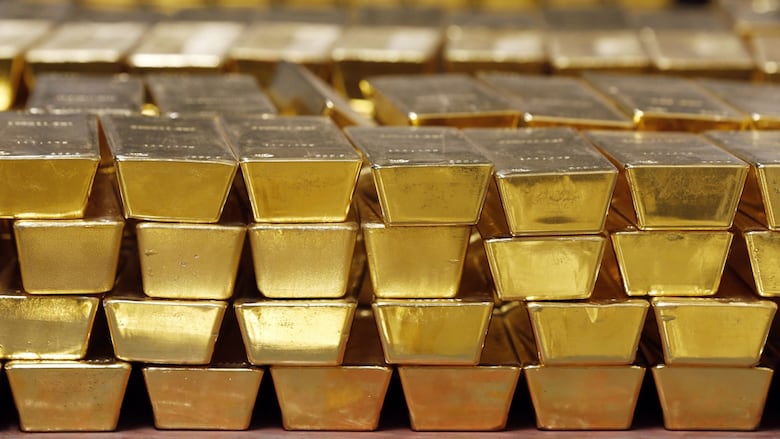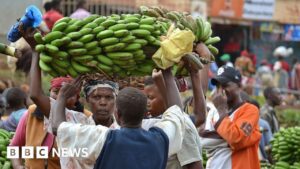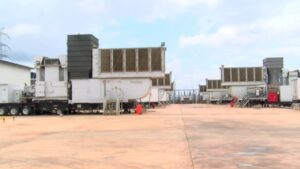West Africa’s Gold Rush: Understanding the Formation and Exploration of the Region’s Rich Gold Deposits
The Sahel region of West Africa has been a hub of gold mining activity for centuries, with countries such as Ghana, Mali, and Burkina Faso boasting rich gold deposits. Recently, militaries in the region have been pushing for a fairer distribution of revenue from the lucrative mining sector, with gold being a key focus.
But have you ever wondered how gold is formed? While scientists are still unsure, they believe that gold deposits occur through various processes, including the collision of continents and the movement of mineral-rich fluids through the Earth’s crust.
In West Africa, most gold production and reserves are found within the West African craton, one of the world’s oldest geological formations. The craton spans across several countries, including Ghana, Mali, and Côte d’Ivoire, which have significant gold deposits.
To find gold, modern exploration tools are used, including geochemical exploration techniques, advanced geophysical surveys, and chemical extraction techniques like cyanide leaching. Geological mapping techniques are also evolving, with the use of remote sensing data and machine learning algorithms to identify potential gold deposits.
In fact, researchers are exploring new methods, such as the use of stable isotopes, to identify gold deposits. This method involves analyzing the unique signature of stable isotopes in rocks to identify areas where gold may be present.
With Ghana and Mali accounting for over 57% of the combined past production and resources of the entire West Africa sub-region, it’s clear that the region’s gold deposits are a valuable resource. As the demand for gold continues to grow, it’s likely that West Africa will remain a key player in the global gold market.




